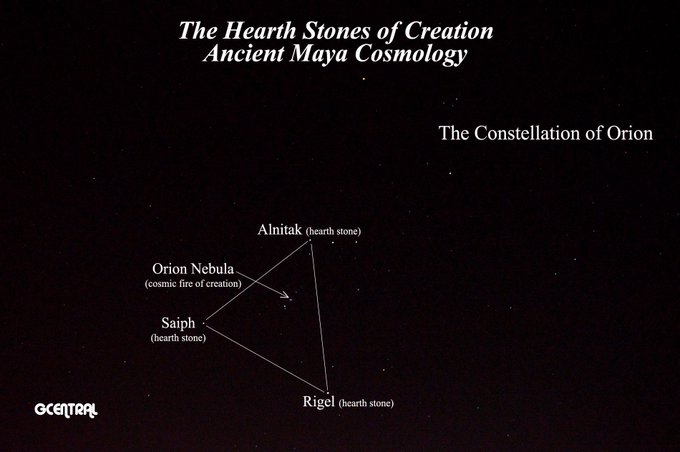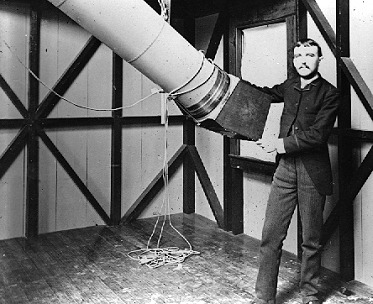Using the newly-invented telescope, French astronomer Nicolas-Claude Fabri de Peiresc (1580-1637) discovered the now-famous Orion Nebula (M42) when he was 29 years old, 410 years ago on this day.
November 26, 1610.
But wait a minute. You and I can see a nebulous “star” below the belt of Orion with our unaided eyes under a reasonably dark sky. Why wasn’t this object discovered long before the invention of the telescope?
Apparently, there is no known report of a “nebulous star” in the sword of Orion prior to Peiresc’s discovery. Is the Orion nebula brighter now than it was a few centuries ago? Is it possible an earlier observational report somehow got missed or was not properly interpreted?
There is speculation that the Maya civilization of Mesoamerica recognized the Orion Nebula long before Peiresc’s discovery, describing it as smoke from the smoldering embers of creation.

One can only stand in wonderment at the knowledge and experiences of hundreds of generations of men, women, and children who are utterly unknown to us today. Passed from person to person and generation to generation through oral tradition, never written down and eventually lost. Or written down on documents that later disintegrated or were purposefully destroyed.
Who hasn’t wished that they could could time travel back to the past? Have you ever wondered what your current location looked like a hundred years ago? A thousand years ago? Ten thousand or more years ago? Though sending humans into the past will probably never be possible, who’s to say that we won’t eventually figure out a way to view and perhaps even hear the past, without actually being there or having the ability to change it?



